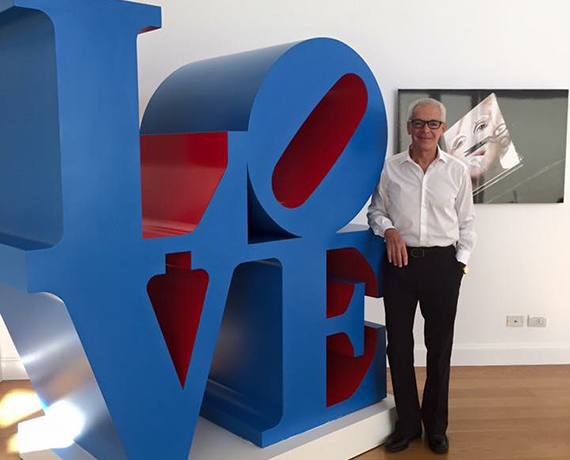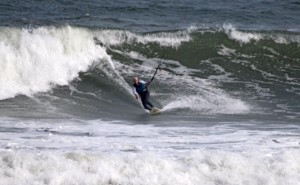Trending
Five questions for Eduardo Costantini, developer of Oceana Bal Harbour

Eduardo Costantini, the Argentine developer of Oceana Key Biscayne and Oceana Bal Harbour, is as well known for his love of art as for his myriad real estate projects.
And if the wind is picking up, you’ll likely find him out on the ocean, kitesurfing.
As the founder of the firm Consultatio in Buenos Aires, his residential and commercial developments in Argentina total more than $3 billion — ranging from a master-planned community that he built from swampland, to high-end residential towers and luxury office buildings.
In Buenos Aires, Costantini also created the contemporary art museum MALBA in 2001, donating more than 300 pieces from his collection. When President Barack Obama and his family toured Buenos Aires last month, Costantini gave Michelle Obama, Malia and Sasha a private tour of the museum’s Latin American art collection.
In South Florida, Consultatio’s Oceana Key Biscayne ranked as the highest grossing preconstruction project this cycle. It generated nearly $580 million in recorded transactions, selling 148 units out of a total of 154 units as of Jan. 31.
Meanwhile, the 28-story, 240-unit Oceana Bal Harbour has recently topped off. The tower was designed by Arquitectonica, and will feature large sculptures by Jeff Koons, which Costantini purchased for $14 million: “Ballerina,” which is now on display at MALBA, and “Pluto and Proserpina.”

Eduardo Costantini kitesurfing
We sat down with Costantini at Oceana Bal Harbour’s new sales gallery (the former one was torn down to make way for the project’s completion), to discuss Latin American art, South Florida developments and kitesurfing.
What is your biggest high-rise project in terms of dollar value?
Oceana Bal Harbour. About 70 percent of the building is now under contract, he said. When completed, the project’s sell-out will be $1.3 billion, more than twice the total sell-out of Oceana Key Biscayne. Combined, the two buildings’ sell-out will approach $2 billion.
“I don’t do too many projects,” he said. “They are all big-scale projects.”
What is your favorite piece of art?
“That’s like asking who is your favorite child,” he responded.
The most important piece of art at MALBA is “Abaporu” by the Brazilian artist Tasila do Amaral, which he bought in 1995 at a Christie’s auction for $1.3 million. Today, the artwork is worth more than $40 million, he said.
The most expensive piece he has ever purchased was by the Mexican artist Diego Rivero, which he bought in 1997 for $3,5 million.
Costantini said he particularly fond of “Love” by pop-artist Robert Indiana. The large-scale sculpture is in his apartment in Buenos Aires.
What are your hobbies?
“I love kitesurfing,” he said, especially in Punta del Este, where he has a vacation home. “When the wind picks up I go to the ocean.”
Besides art, says Costantini: “I love nature and I love the sea.” He also plays golf with his friends.
How about clothes — what designers do you like? And what is something people may not know about you?
He gravitates to Giorgio Armani for suits, and he also likes Hermès and Gucci, he said. Costantini also recently discovered Vince for casual clothes.
He used to be a vegetarian — the result, he said, of having worked in a meatpacking plant in Buenos Aires when he was young. Now he eats fish and seafood. But he hasn’t eaten any meat or chicken since 1987.
What is your next project in South Florida?
Costantini is looking for land. “We’re looking for properties to acquire for the next phase of the real estate market,” he said, noting that the real estate downturn has begun. “Prices have reached a peak and are now going down.”
He said it is much more difficult for a developer to wait than to invest. “You need much more discipline because you like to be creating,” he said.
“We are not opportunistic. We are long-term developers,” he added. “But we must care about the economic situation of a project — not buy at the top, or sell at the bottom, or we can’t compete. We need the wholesale level to come down.”




